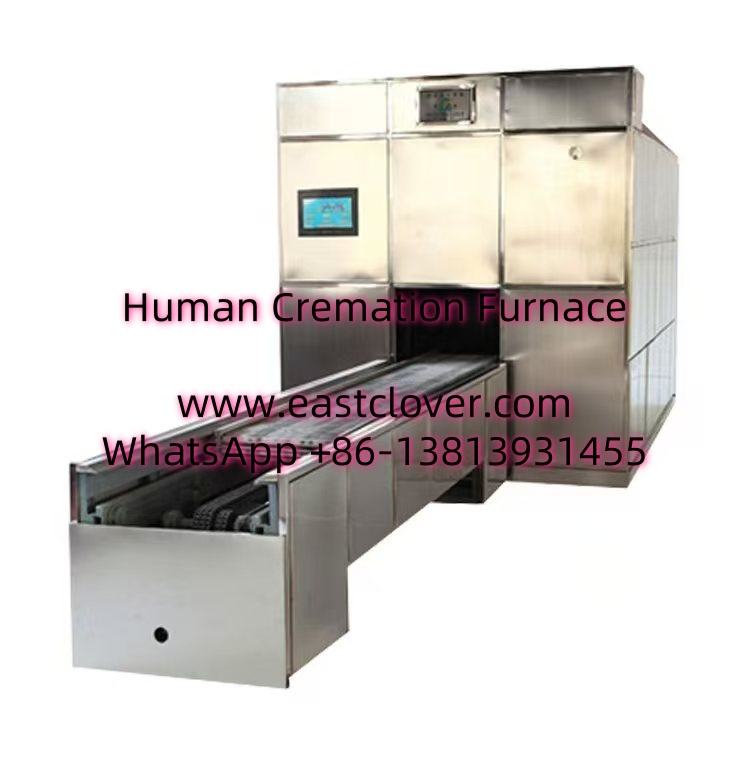Introduction
During pandemics, healthcare systems face unprecedented challenges, not only in treating patients but also in managing the surge of hazardous medical waste. Containers of used personal protective equipment (PPE), contaminated syringes, and biohazardous materials pile up rapidly, posing risks of secondary infections and environmental contamination. Traditional waste management systems often buckle under this pressure, necessitating innovative solutions like containerized mobile incinerators. These portable units offer a rapid, efficient, and sustainable way to dispose of medical waste, making them indispensable in crisis scenarios such as the COVID-19 pandemic.
What Are Containerized Mobile Incinerators?
Containerized mobile incinerators are compact, self-contained waste disposal systems housed within standardized shipping containers. Designed for mobility, they can be transported to disaster zones, remote hospitals, or temporary medical facilities. Equipped with combustion chambers, scrubbers, and emission control technologies, these units safely burn medical waste at high temperatures (typically 800–1,200°C), reducing it to sterile ash while minimizing harmful emissions.
Key Features
- Portability: Mounted on trailers or shipping containers for easy transport.
- Scalability: Modular designs allow multiple units to operate in tandem during waste surges.
- Emission Compliance: Advanced filters (e.g., cyclones, activated carbon) ensure adherence to international air quality standards.
- Automation: Automated feeding and ash removal systems reduce human exposure to hazardous waste.
Role in Pandemic Response
Rapid Deployment
During the COVID-19 outbreak, cities like Wuhan, China, faced medical waste generation rates up to six times higher than usual. Fixed incineration plants were overwhelmed, leading to dangerous waste stockpiles. Containerized incinerators were swiftly deployed to hospitals and quarantine centers, processing tonnes of waste daily without requiring permanent infrastructure.
Infection Control
By destroying pathogens at high temperatures, these incinerators prevent the spread of infections. Studies show that incineration at 800°C for two seconds eliminates 99.99% of viruses, including SARS-CoV-2.
Environmental Safety
Unlike open burning or landfilling, containerized units capture toxic byproducts like dioxins and heavy metals. This reduces soil and water pollution, aligning with WHO guidelines for safe medical waste disposal.
Advantages Over Traditional Methods
- Mobility: Eliminates dependency on fixed facilities, which may be distant or overloaded.
- Speed: Can be operational within hours of arrival.
- Cost-Effectiveness: Lower capital and operational costs compared to building permanent incineration plants.
- Versatility: Capable of processing diverse waste types, including pharmaceuticals and sharps.
Challenges and Considerations
Regulatory Compliance
Local emission regulations vary, requiring operators to customize filtration systems. For instance, the EU’s Industrial Emissions Directive (IED) mandates strict limits on particulate matter, necessitating secondary combustion chambers.
Public Perception
Communities may resist incinerator installations due to perceived health risks. Transparent communication about safety features and emission controls is critical to gaining public trust.
Maintenance Logistics
Regular maintenance of burners and filters is essential to prevent breakdowns. Training local personnel ensures operational continuity.
Case Studies
COVID-19 in India
In 2021, India deployed over 200 containerized incinerators to rural areas lacking waste infrastructure. Each unit processed 50–100 kg of waste hourly, significantly reducing open dumping risks.
Ebola Outbreaks in West Africa
During the 2014–2016 Ebola crisis, mobile incinerators were critical in disposing of highly infectious waste, preventing cross-contamination in overburdened healthcare facilities.
www.southclover.com
Containerized mobile incinerators are a vital tool in pandemic preparedness. Their ability to deploy rapidly, operate efficiently, and meet environmental standards makes them a lifeline for healthcare systems under stress. As global health threats evolve, investing in these systems—alongside stricter waste management protocols—will be key to mitigating risks and safeguarding public health.
FAQs
How does a containerized incinerator differ from a fixed one?
Fixed incinerators are permanent installations with larger capacities, while containerized units are portable and modular, ideal for temporary or emergency use.
Are emissions from these incinerators safe?
Yes. Advanced filtration systems remove most pollutants, and continuous emission monitoring ensures compliance with health and safety standards.
Can they handle non-medical waste?
While designed for medical waste, many units can process general hazardous waste, such as chemicals or plastics, after minor adjustments.
What is the average cost of a containerized incinerator?
Prices range from $50,000 to $200,000, depending on capacity, technology, and customizations like IoT integration for remote monitoring.

Comments are closed